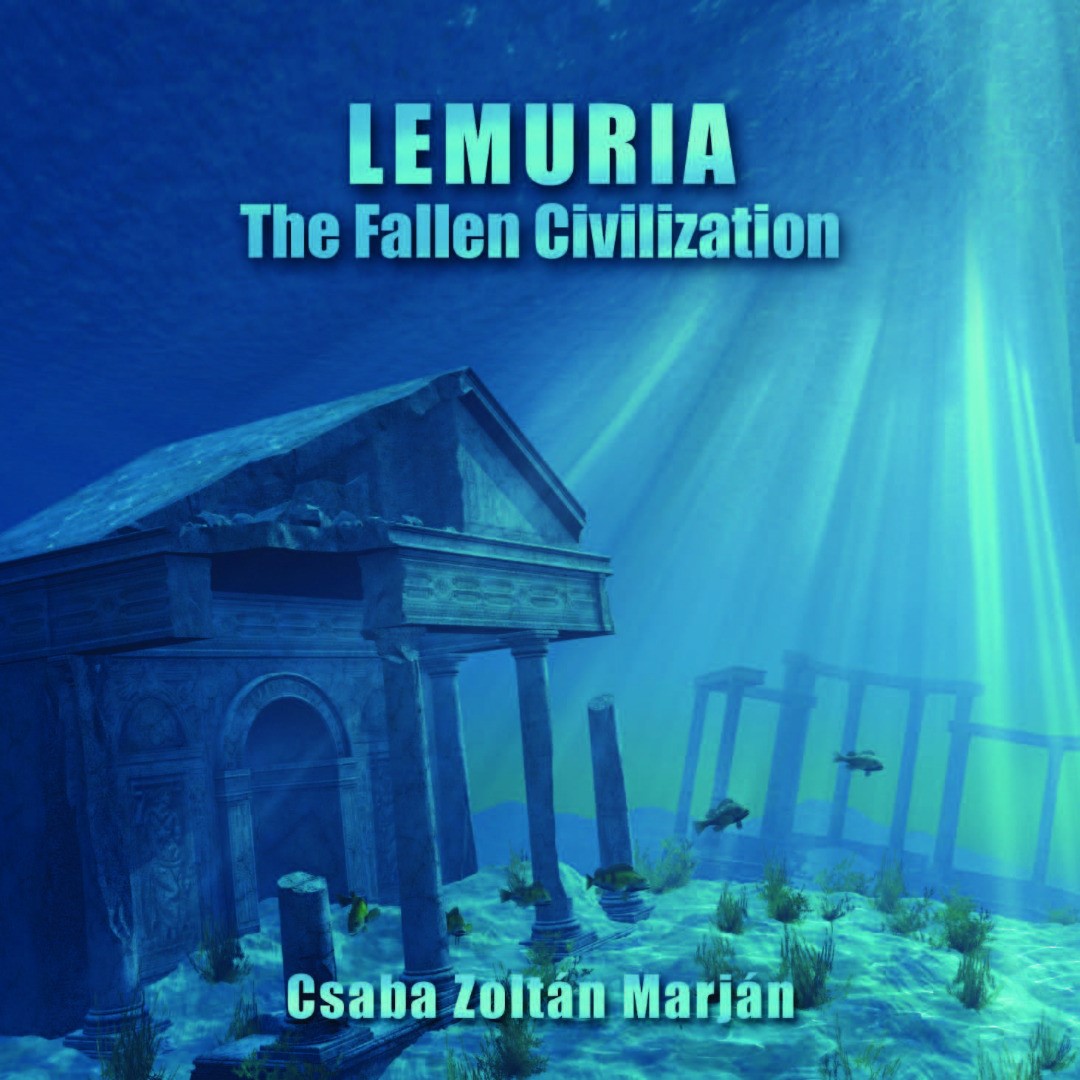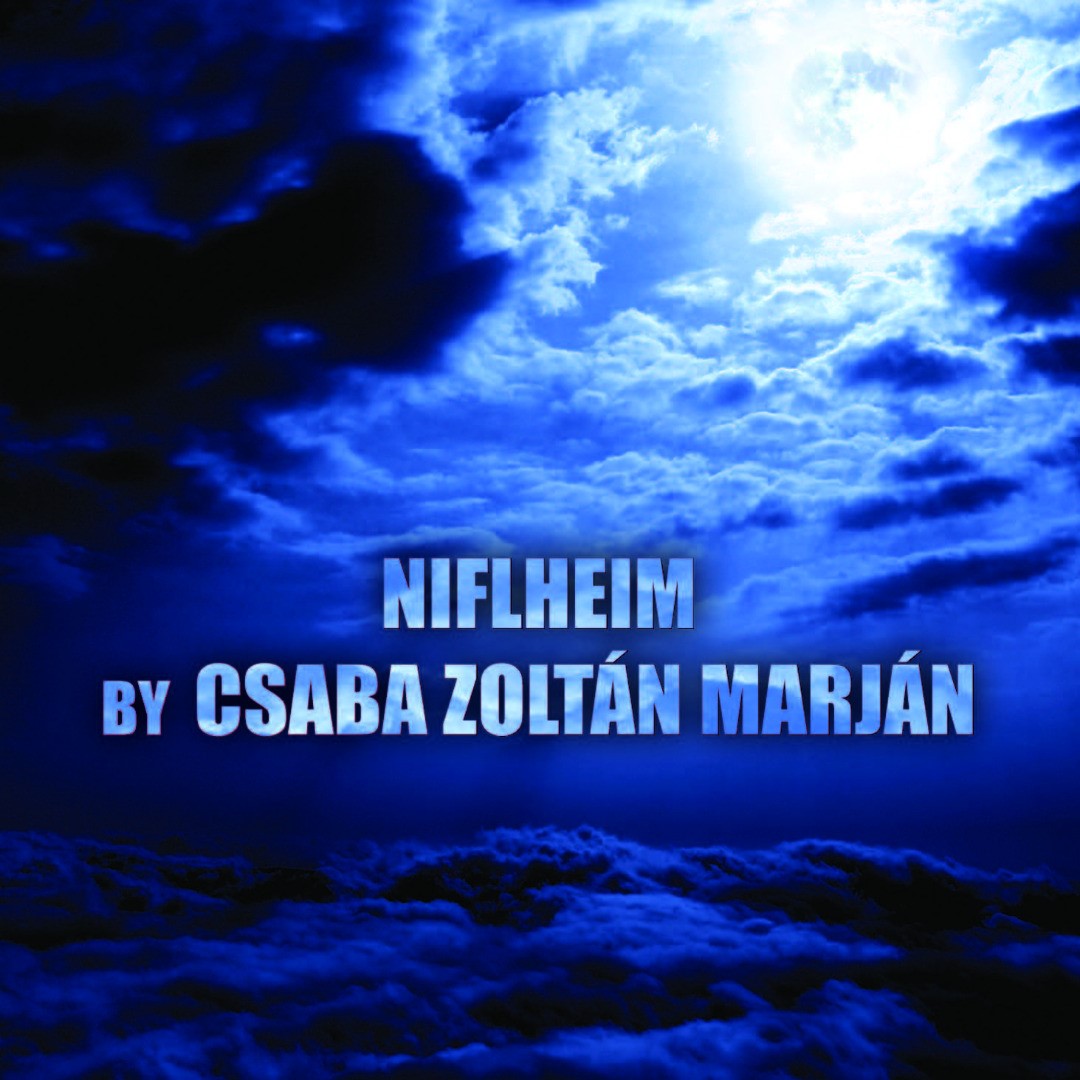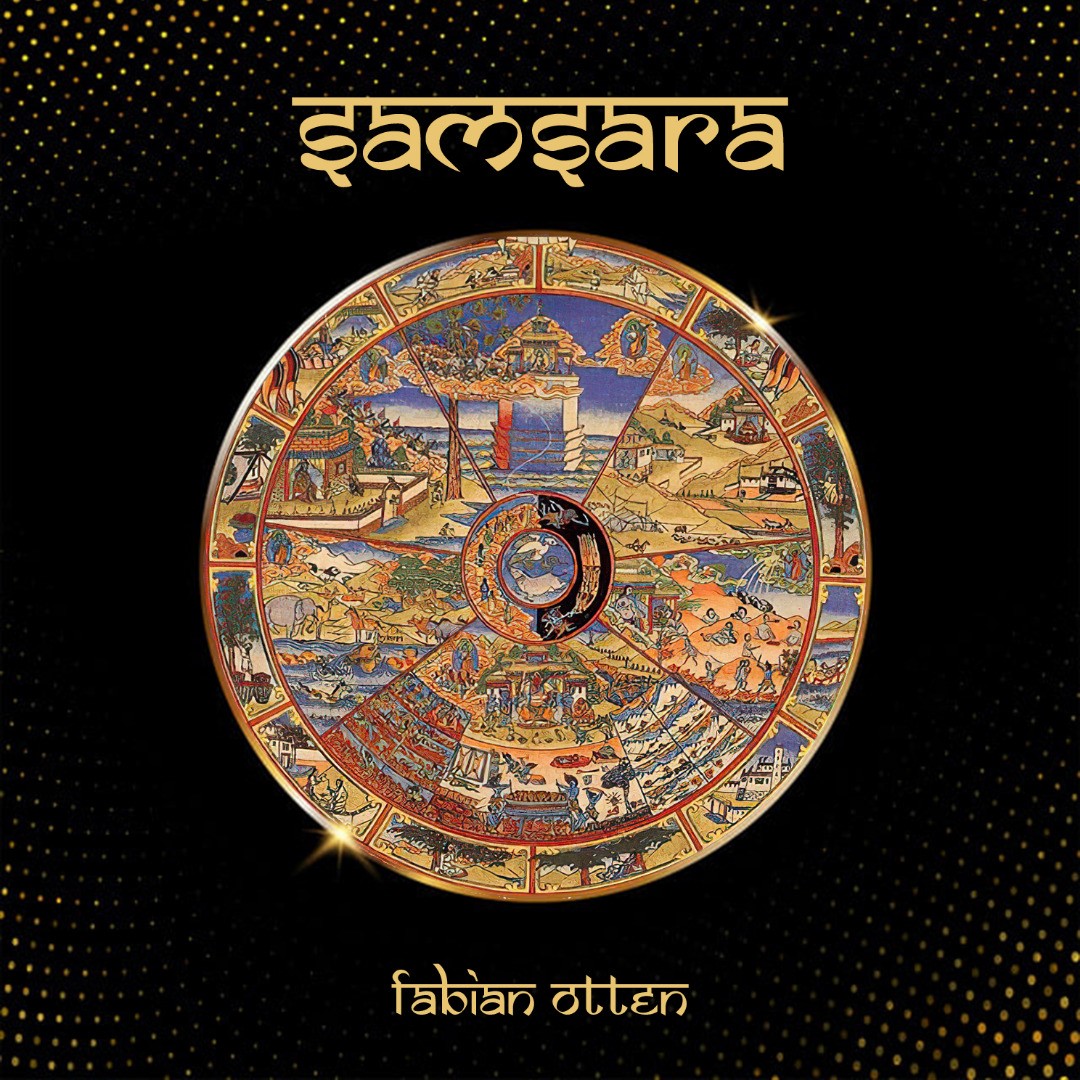
Lemuria - The Fallen Civilization
Composer: Csaba Zoltán Marján
Instrument: Marimba
Level: Advanced
Published: 2011
Price: €18.00
Item details
-
Description +
-
Duration: 9 min.
The term Lemuria as the name of a hypothetical lost land has been used since the 19th century. Scientists came up with a theory of a sunken continent in order to explain the unusual distribution of various animals and plants around the Indian and Pacific Oceans. This concept has been rendered obsolete by modern theories of plate tectonics, however, the hypothesis did not disappear completely. The theme of the lost continent has been adopted by a number of writers involved in the occult, and had inspired several films and music as well. Accounts of Lemuria differ, but all share the common belief that a continent existed long time ago but submerged beneath the ocean as a result of a geological change. According to certain beliefs a „highly evolved” civilization may have flourished on this land greatly affecting the development of later cultures.
The piece, which intends to show the dissolution of this world including entire civilization, is separated into three main parts. After a short, calm and „rubato” introduction the music immediately changes into a long hectic and energetic section. The frequent dynamic differences and tempo changes make the constant pulsation of sixteenth notes colorful which will also be interrupted by a cadenza where, instead of the technical facilities, the musical skills of the performer can be expressed. Again, a fast and furious material follows the cadenza which prepares the slow ending of the piece.
Lemuria is dedicated to my friend Gábor Palotás
-
-
Instrumentation +
-
Marimba
-
-
Watch+
-
About the composer +
-
Csaba Zoltán Marján was born in Nyíregyháza, Hungary in 1983. He started to play the piano at age of 8. In 1998 he was admitted to the Secondary School of Art Nyíregyháza where he began his percussion studies with Csaba Joó. He continued his studies under the guidance of István Szabó at the University of Debrecen Faculty of Music and obtained his Master Degree in Percussion Performance and Teaching in 2007. He played in numerous orchestras such as the Debrecen Symphonic Orchestra, Helsinki Philharmonic Orchestra, the Helsinki Radio Symphonic Orchestra and the Avanti! Chamber Music Ensemble. He is currently employed by the Budafoki Dohnányi Ernő Symphonic Orchestra (Budapest) and is studying Music Performance/Percussion at the Sibelius Academy in Helsinki at the same time.
He won the following prizes: 1st prize in 2005, 3rd prize in 2004, 2nd prize/special award in 2003 at the National University Brass & Percussion Solo Competition in Hungary.
During his university studies Mr. Marján was a member of the SONUS Percussion Ensemble. The main purpose of this group was to perform and to popularize the contemporary music for percussion. This ensemble performed at a number of festivals and concerts in Hungary and abroad as well. At this time Mr. Marján started to be interested in composing and he made several transcriptions for this chamber ensemble. After these transcriptions he has decided to work on his own musical ideas. His first composition was born in 2008 for solo marimba.
For more information please visit the composers website www.csabamarjan.com
-
-
Reviews +
-
Review (Percussive Notes, May (59) 2012)
A title often provides a story that describes a work or gives insight to the style of music that will be presented in the composition. The title and musical writing of this piece are quite successful in capturing the mythical theory of a region or culture that sinks beneath the sea. The composer presents the work in three parts, starting with a rather short first section that is slow with four-mallet rolls. These rolls start as long lines, then move into an arpeggio section presenting intervals that will follow in later passages. This opening section is warm and beautifully scored. The second section contains passages that grow in intensity and are frantic at times. This could be interpreted as the panic that would take place as a culture or continent fails. This section concludes with a cadenza that leads to a quiet and calm conclusion.
There are technical and musical challenges found in each section. Nearly every stroke-type is required with suggested stickings on some of the more difficult passages. The rhythmic material is often complex, with numerous meter changes and key centers moving throughout the work. Sixteenth notes appear in many forms and groupings, with themes coming forth through the use of shifting accents and cross rhythms.
I am excited by this publication and hope it will appear on many advanced recital programs.
—George Frock
-
-
Credits +
-
Front Cover graphics and layout: Ronni Kot Wenzell
Engraving: Csaba Zoltán Marján & Johan Svitzer
Printed in Copenhagen, Denmark
Copyright © Edition SVITZER
www.editionsvitzer.com
-












